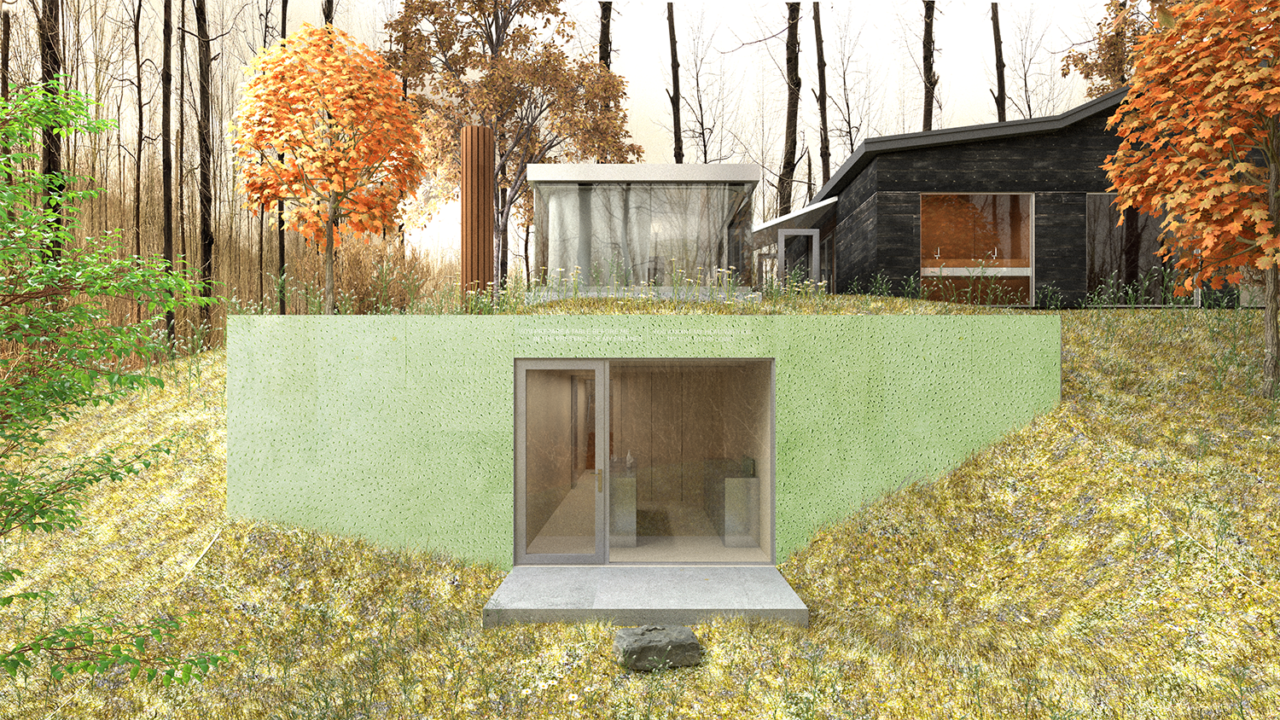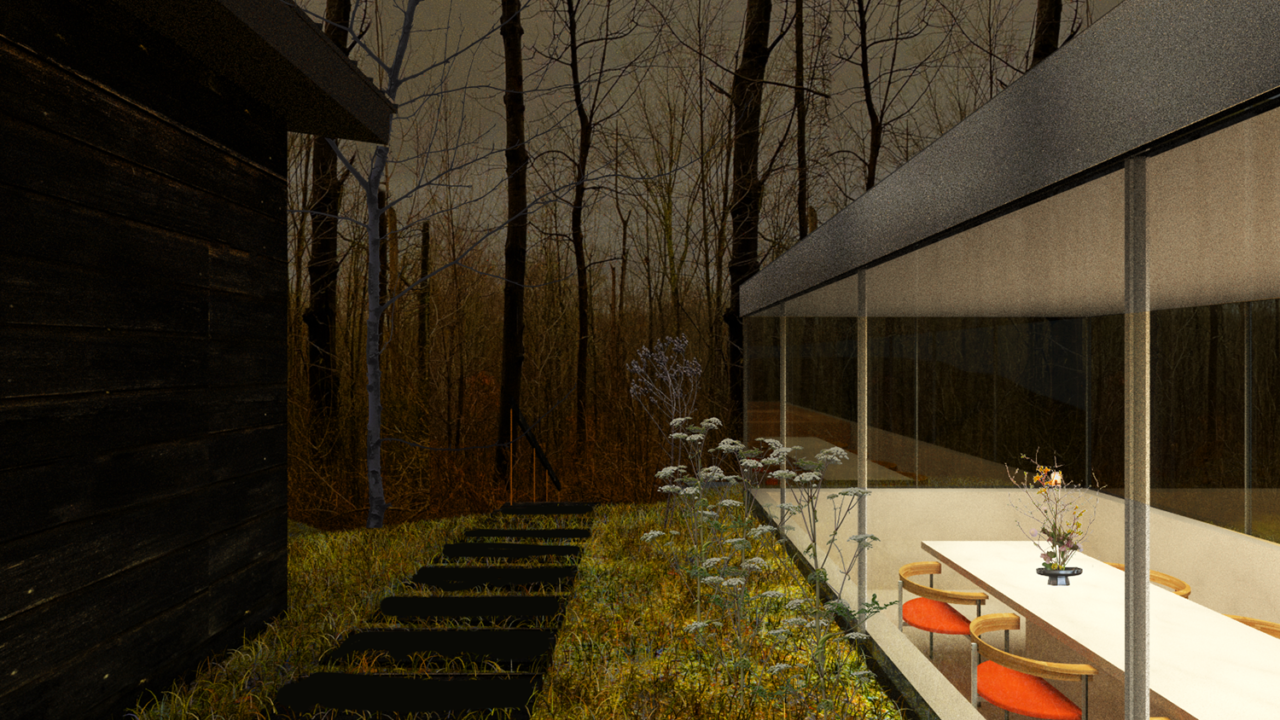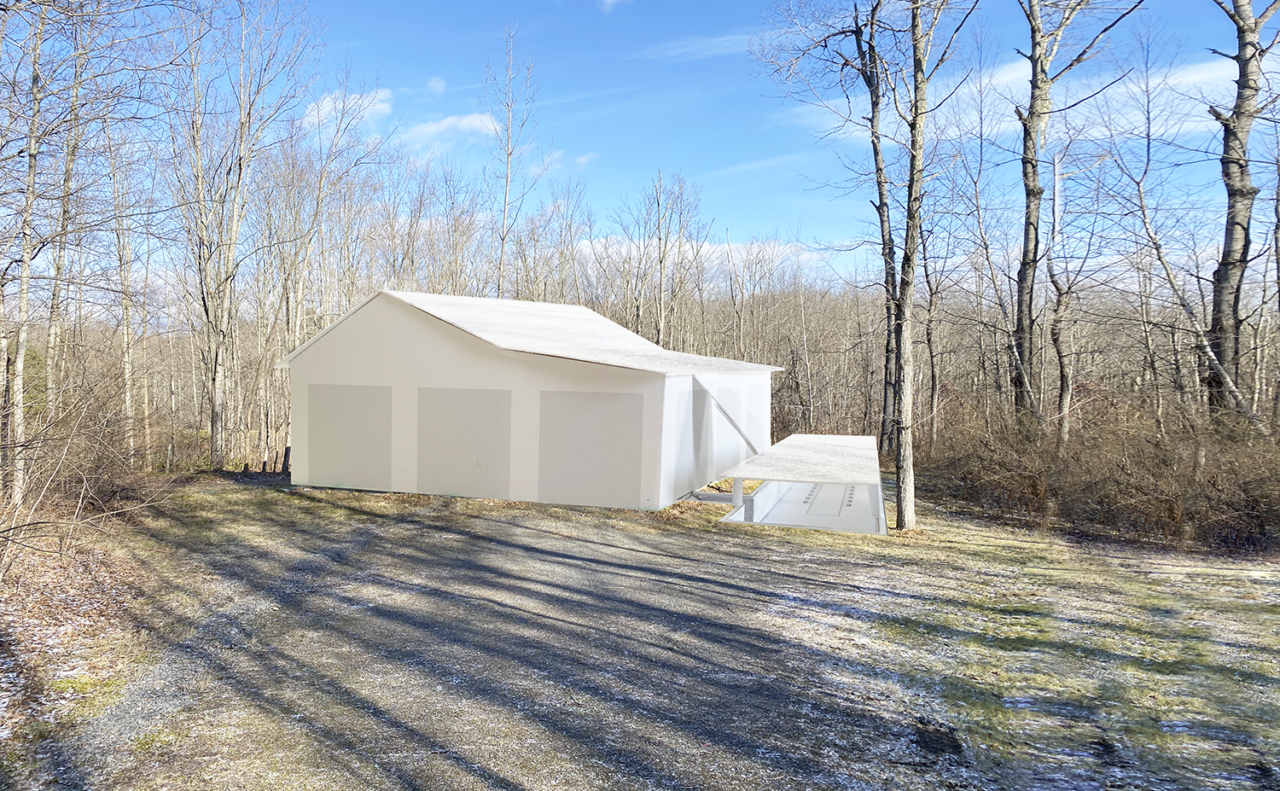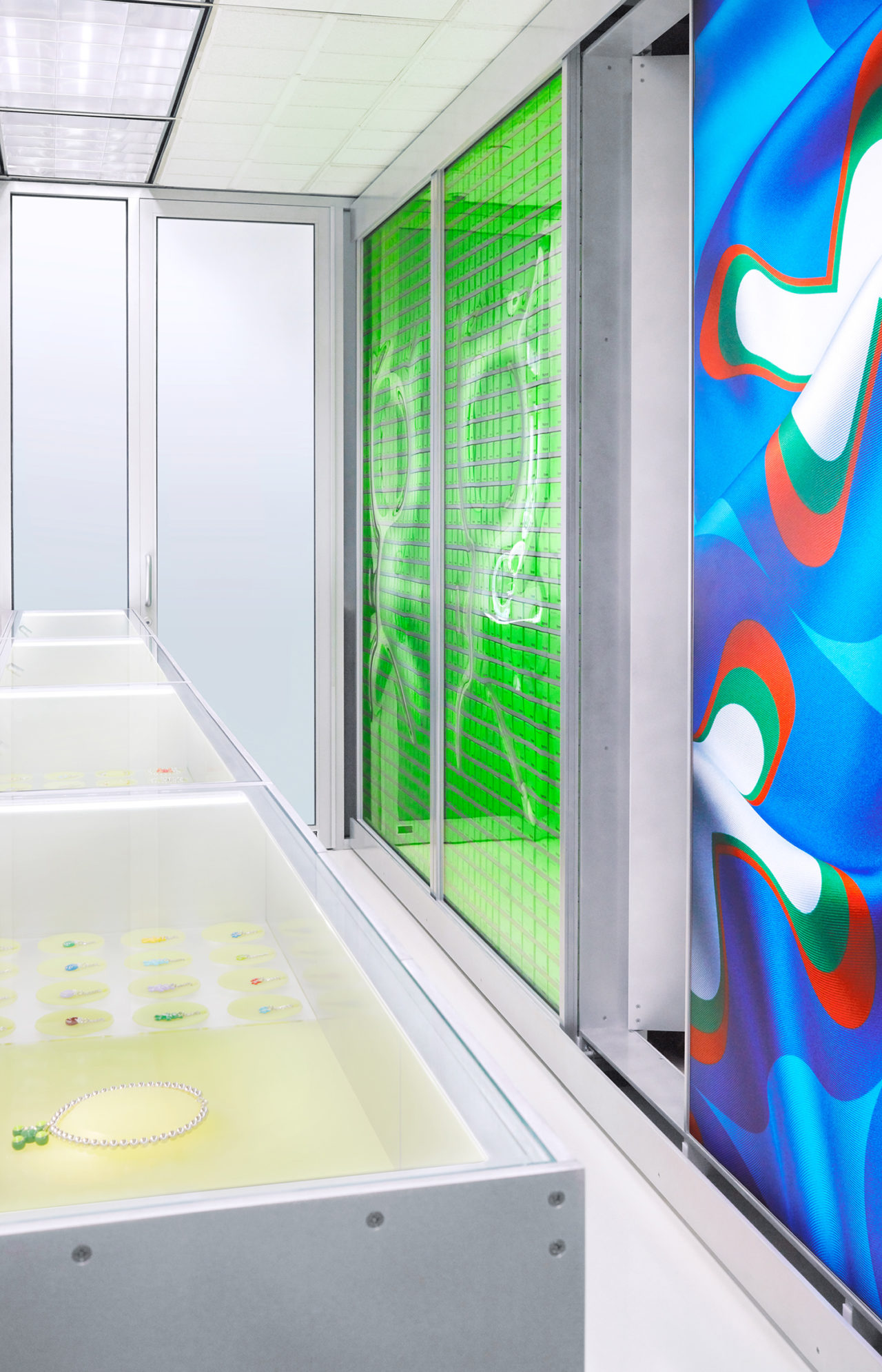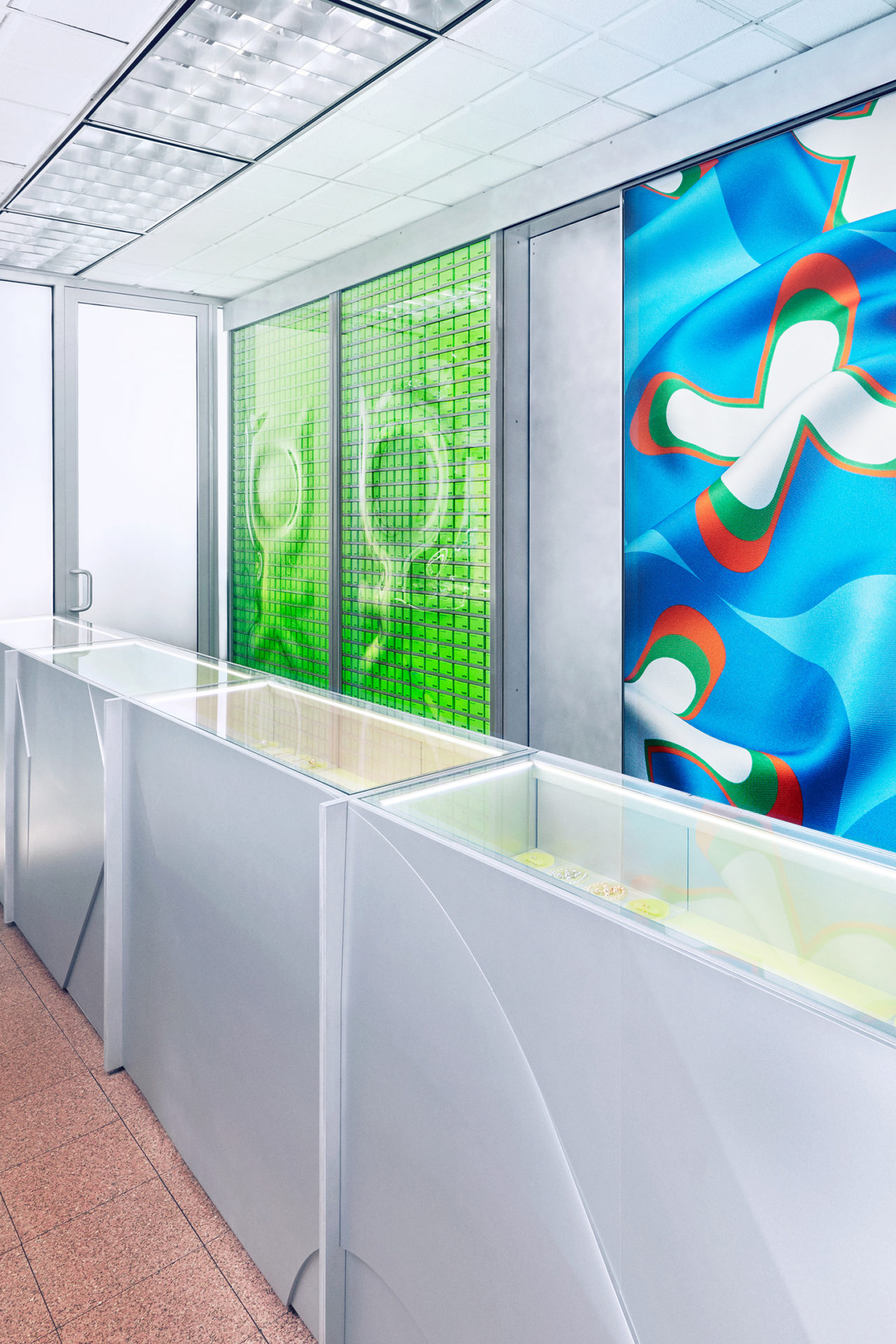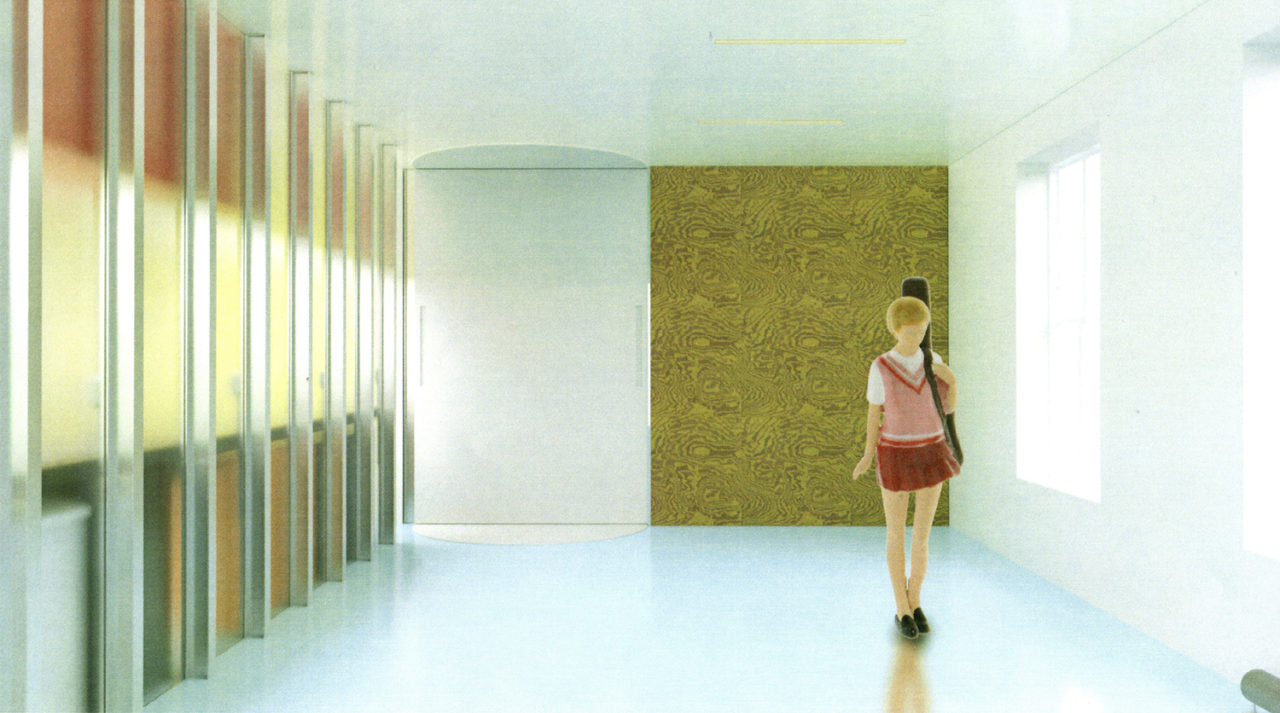by Center for Architecture
The Center for Architecture’s latest exhibition, New Practices New York, showcases the six winners of the most recent cycle of AIA New York’s New Practices New York competition, which serves as a platform for recognizing and promoting young and innovative designs firms in the city. This series will introduce you to the winning firms, offering a glimpse of New York City’s bright architectural future. First on the list: ANY (formerly NILE).
Partners:
Michael Abel and Nile Greenberg
Most recently constructed project:
The Homer Store, a high-end luxury jewerly label by Frank Ocean, in the Bowery
Three words to describe your firm’s design philosophy:
Medium, culture, architecture
What drove you to start your practice?
We started our practice to undertake experiments that neither one of us could have tackled alone. That phenomenon still remains at the core of our practice; we look at everything we do as a sort of investigation or experiment.
What is your approach to design?
Throughout the process, we constantly flip between the work we’re making and what the work means. No project starts with one idea and evolves directly from that diagram. We are constantly reevaluating the position of a project as we work through it. There is no direct approach; it’s really about outputting work and evaluating it no matter what stage we’re at.
What influences are most meaningful to your firm?
We look at a few core influences from architecture and design history. There are figures we are interested in, projects themselves that hold lots of influence, and practices we look towards as examples of the kind of work we want to do. We often look at projects from New York that shaped the city and that tap into our desire to be a part of that process.
What is your favorite building in New York, and why?
The Seagram Building, the New Museum, Sugar Hill Housing, the Prada Store, Chase Manhattan Plaza… Each of these projects offers a distinct expression of the city through a specific response to its context and culture that is structured and legible rather than disparate.
How is your approach to design influenced by New York City? What are you doing in New York?
The architecture of New York City is a sponge. Working in New York is a steep hill to climb and there is an ambition and competitiveness to everything that is built. Great works here often appear to be uncompromising, but they actually absorb and synthesize all the complexity of the city and reinterpret it. New York City is architectural in a way that is not just formal; it is the urgent organization of activity, commerce, public space, and media that makes the work here uniquely suited to expression.
How do you see your work resonate in the wider culture?
We see no distinction between our work and wider culture. Everything we make is in direct conversation with the world. Our work often exists in traditional cultural space, interacting with disciplines such as fashion or art, but our approach doesn’t discriminate between cultural work and private work. Anything we make is aware of its existence within the broader landscape.
Learn more about the winners of the competition at our New Practices New York exhibition, on view through February 4, 2023.

